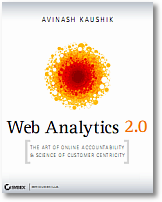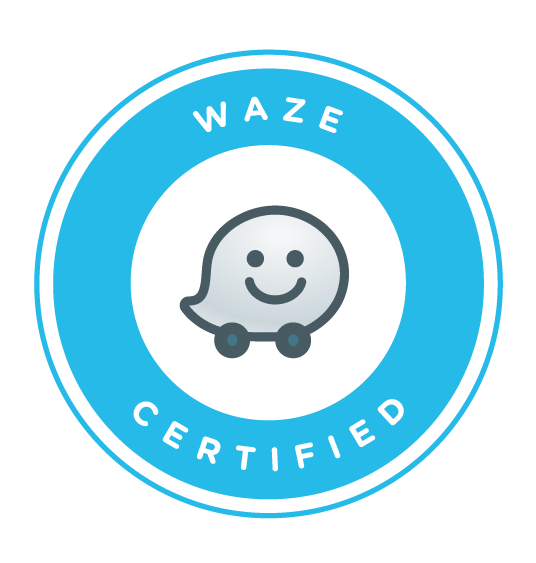 It is no revelation that content plays the major part on the Internet. Whether that is video, text or images content is what the end user goes online to get.
It is no revelation that content plays the major part on the Internet. Whether that is video, text or images content is what the end user goes online to get.
With a good content strategy any company stands a fair chance of competing for the top spots in the Search Engines in their chosen speciality. This in turn will result in visits to the website, but what happens then?
The “what” is pretty easy to answer, if I ask for a show of hands of how many of you are using an analytics tool such as Google Analytics to capture information on your website visitors, I would expect the majority of you to raise your hand. For many this is as far as it goes, viewing standard reports for Unique Visitors, Pageviews, Conversion and Bounce Rates.
Some may take that extra step and start segmenting their data, looking at how visitors from particular sources behave or at visitors that perform a particular action. This is great stuff and combining this with marketing costs from different channels you can easily track Return on Investment from each channel. But this still only tells you what someone did, what they clicked on, what they typed in search, what page they left the website on, what path they followed and so on. And that’s enough “Whats” for anyone!
Why they did, what they did, on your website is the critical question. Someone that views 20 pages before leaving your site could have been enthralled by your content, it could just as easily mean they were lost and couldn’t find what they were looking for or that your navigation isn’t very usable. The same could be said of visitors that have a higher than average “Time on Site”. Similarly, just because someone left your site after viewing one page doesn’t mean your site isn’t engaging (although I would be concerned if the percentage of people doing this was high), it could just mean they found exactly what they were looking for straight away!
Getting actionable insight from your data is the key to data driven marketing and a competitor beating website. So it is no surprise that research by Econsultancy and Lynchpin shows that companies are spending more money on staff to analyse web data than they are on the analytics tools themselves.
Now that’s okay for big brands but “Lack of budget and resources is the most significant barrier to an effective online measurement strategy, according to 57% of companies surveyed” the report also says. So for the rest of us it’s time to roll up our sleeves and dust down the calculators, or grab a copy of Avinash Kaushik’s latest book Web Analytics 2.0.




